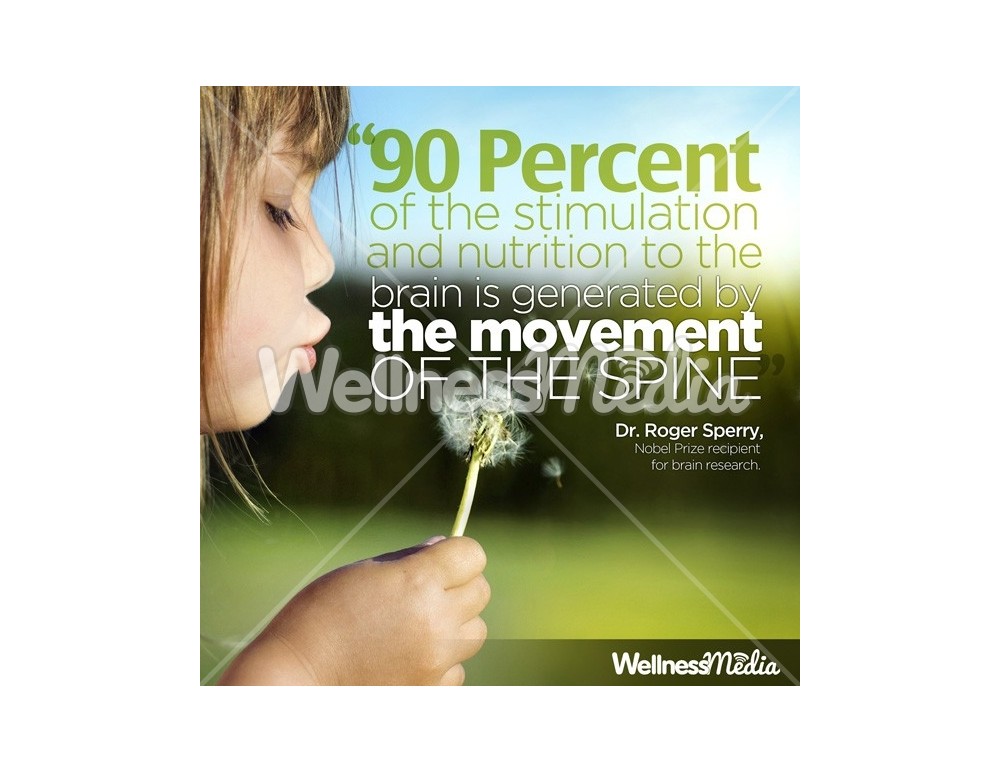Prepare Yourself To Reveal The Fascinating Mobile Communications Associated With Cold Laser Therapy And Its Use Of Light For The Function Of Recovery. Check Out The Depths Of Science Even Further!
Prepare Yourself To Reveal The Fascinating Mobile Communications Associated With Cold Laser Therapy And Its Use Of Light For The Function Of Recovery. Check Out The Depths Of Science Even Further!
Blog Article
Content Composed By-Harbo Hanna
You may have come across cold laser therapy as an encouraging treatment choice for different conditions, yet have you ever wondered how it in fact services a cellular degree? Understanding the devices behind this therapy can clarify its effectiveness in advertising healing and lowering swelling. By exploring the scientific research behind cold laser therapy, you'll acquire understandings right into the remarkable methods which light can affect cellular processes and facilitate cells repair service.
Just How Cold Laser Therapy Functions
To understand just how cold laser therapy works, you need to comprehend the fundamental concepts of exactly how light energy communicates with organic cells. Cold laser therapy, also known as low-level laser treatment (LLLT), utilizes certain wavelengths of light to permeate the skin and target underlying cells. Unlike the intense lasers utilized in surgeries, cold lasers emit reduced degrees of light that do not create warmth or cause damage to the tissues.
When these gentle light waves get to the cells, they're soaked up by components called chromophores, such as cytochrome c oxidase in mitochondria. This absorption sets off a series of biological feedbacks, including raised cellular energy production and the release of nitric oxide, which improves blood circulation and reduces swelling.
Additionally, the light energy can additionally promote the production of adenosine triphosphate (ATP), the energy money of cells, helping in cellular repair service and regrowth procedures.
In essence, cold laser treatment takes advantage of the power of light energy to advertise recovery and ease pain in a non-invasive and mild manner.
Mechanisms of Activity
How does cold laser treatment actually work to produce its restorative effects on organic cells?
Cold laser therapy, also referred to as low-level laser therapy (LLLT), runs through a procedure called photobiomodulation. When the cold laser is related to the skin, the light energy passes through the tissues and is taken in by chromophores within the cells.
These chromophores, such as cytochrome c oxidase in the mitochondria, are after that stimulated by the light energy, leading to a cascade of biological responses. One crucial device of action is the enhancement of cellular metabolism.
read the article absorbed light energy raises ATP manufacturing in the mitochondria, which is crucial for cellular feature and repair. Furthermore, cold laser treatment assists to minimize swelling by hindering inflammatory mediators and advertising the release of anti-inflammatory cytokines.
This anti-inflammatory result adds to discomfort relief and tissue healing.
Restorative Effects
Understanding the healing impacts of cold laser treatment involves identifying just how the boosted cellular metabolism and anti-inflammatory buildings contribute to its positive results on biological cells.
When the cold laser is put on the damaged location, it promotes the mitochondria within the cells, causing enhanced production of adenosine triphosphate (ATP), which is vital for mobile function and fixing. https://www.healthline.com/health/vicks-vaporub-benefits in mobile energy accelerates the recovery procedure by advertising tissue regrowth and decreasing swelling.
In addition, the anti-inflammatory homes of cold laser treatment aid to reduce pain and swelling in the targeted area. By inhibiting inflammatory moderators and advertising the launch of anti-inflammatory cytokines, cold laser treatment aids in easing pain and boosting the general recovery reaction.
This decrease in inflammation not just gives immediate alleviation yet also supports long-lasting cells fixing.
Conclusion
To conclude, cold laser treatment functions by stimulating mobile repair and tissue regrowth via photobiomodulation. Its anti-inflammatory buildings give discomfort alleviation and minimize swelling by preventing inflammatory arbitrators.
This treatment offers a thorough method to recovery, delivering both prompt alleviation and long-lasting tissue repair work advantages.
Via its systems of activity, cold laser therapy confirms to be an effective and promising therapy option for a selection of problems.
